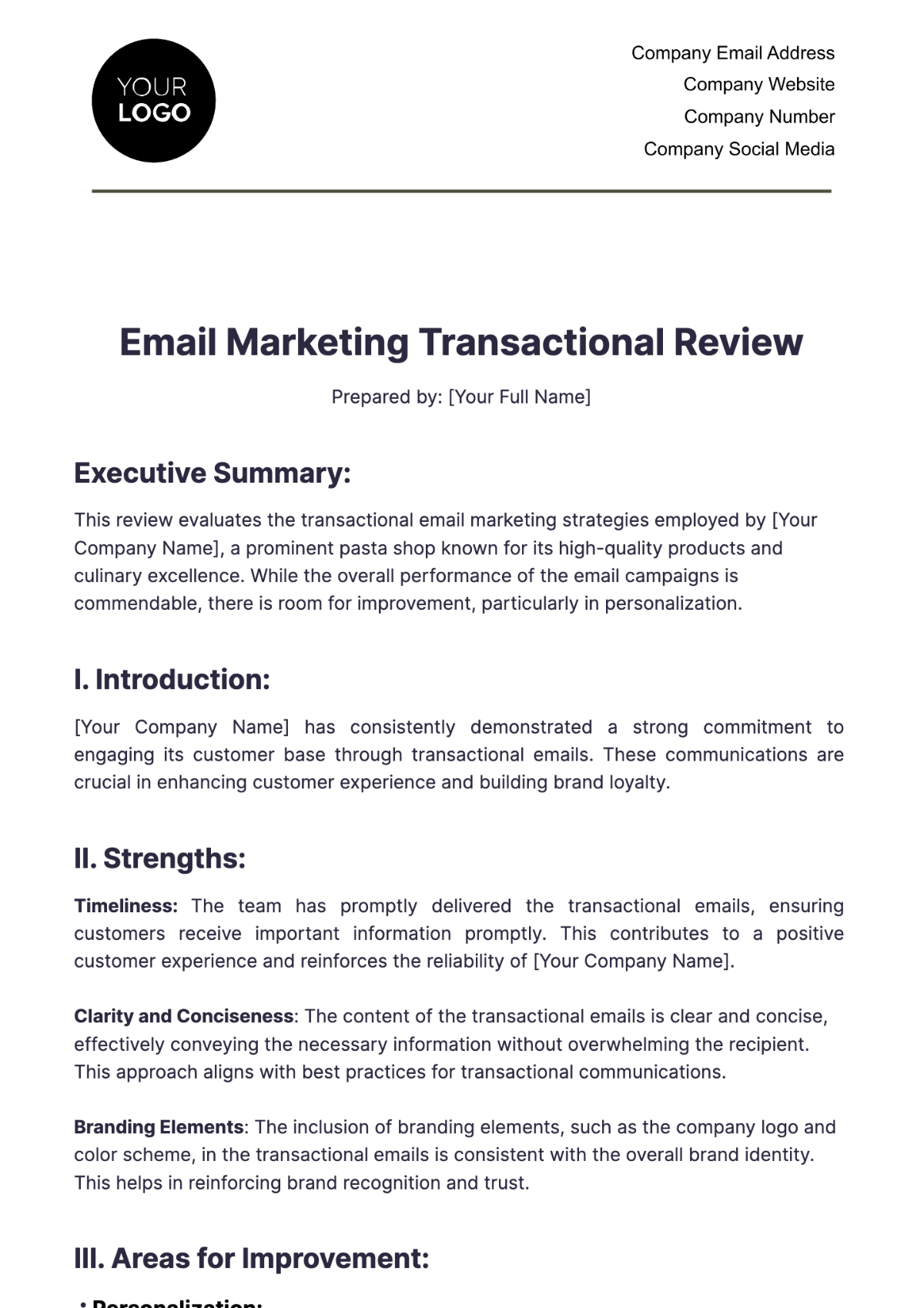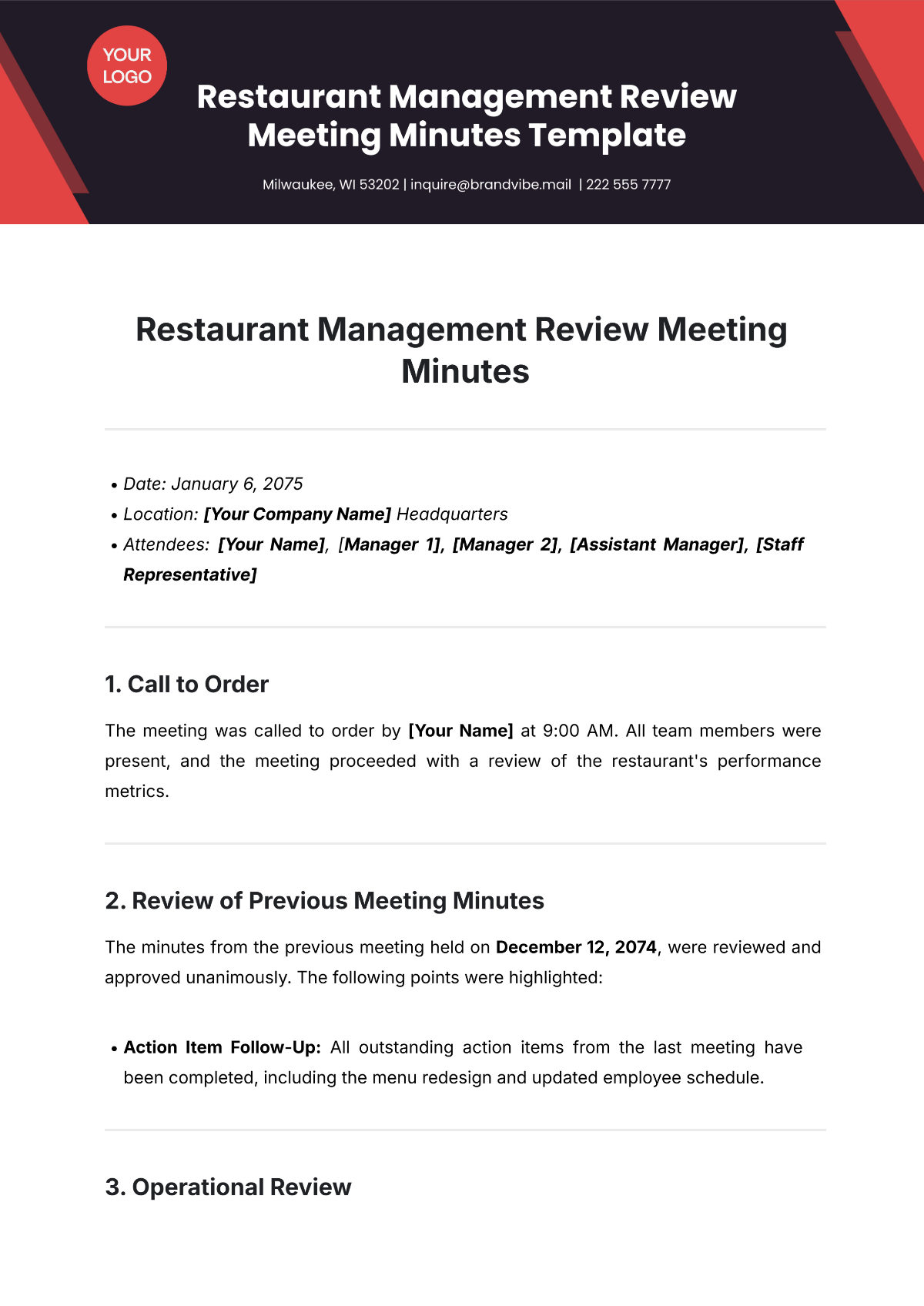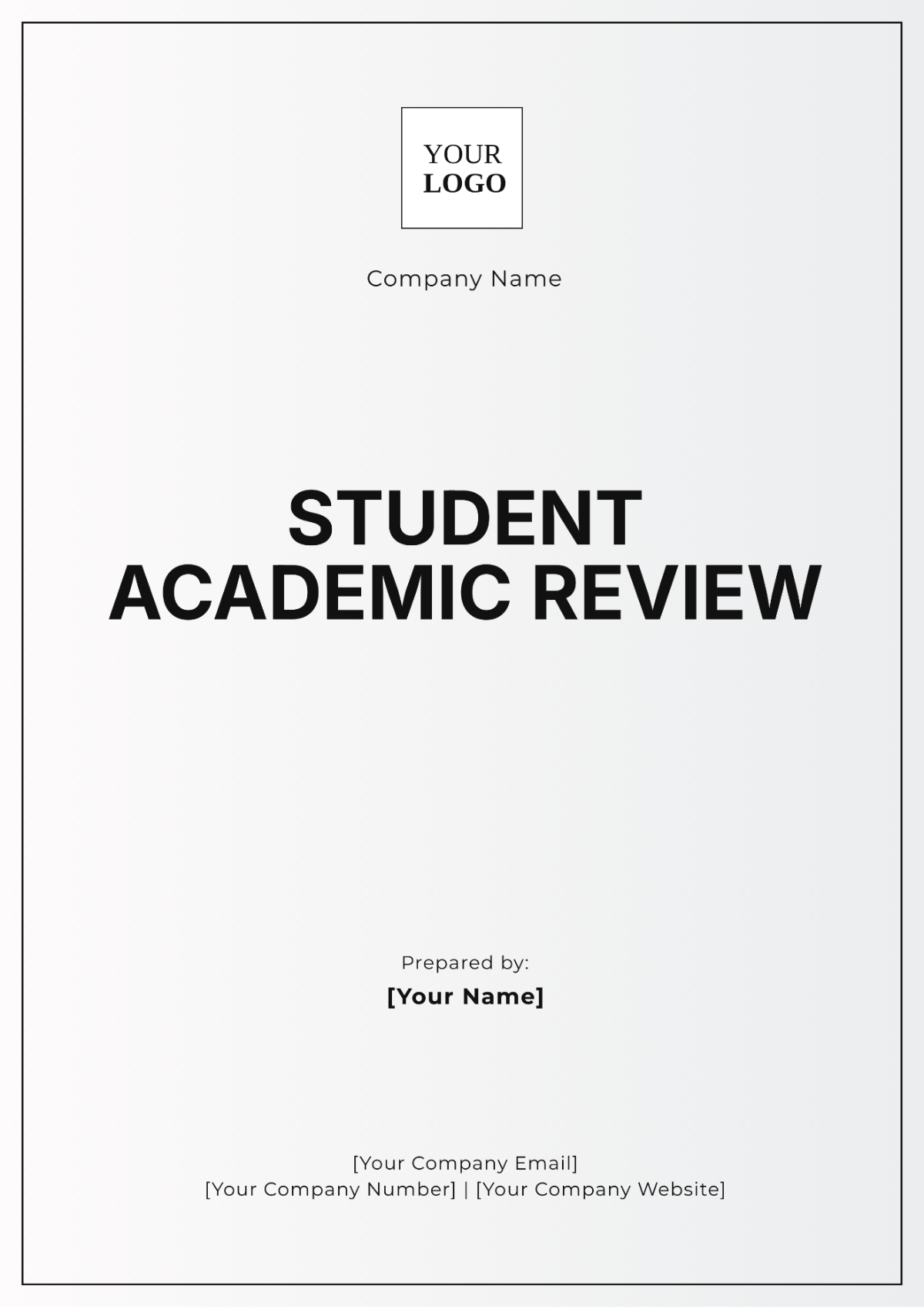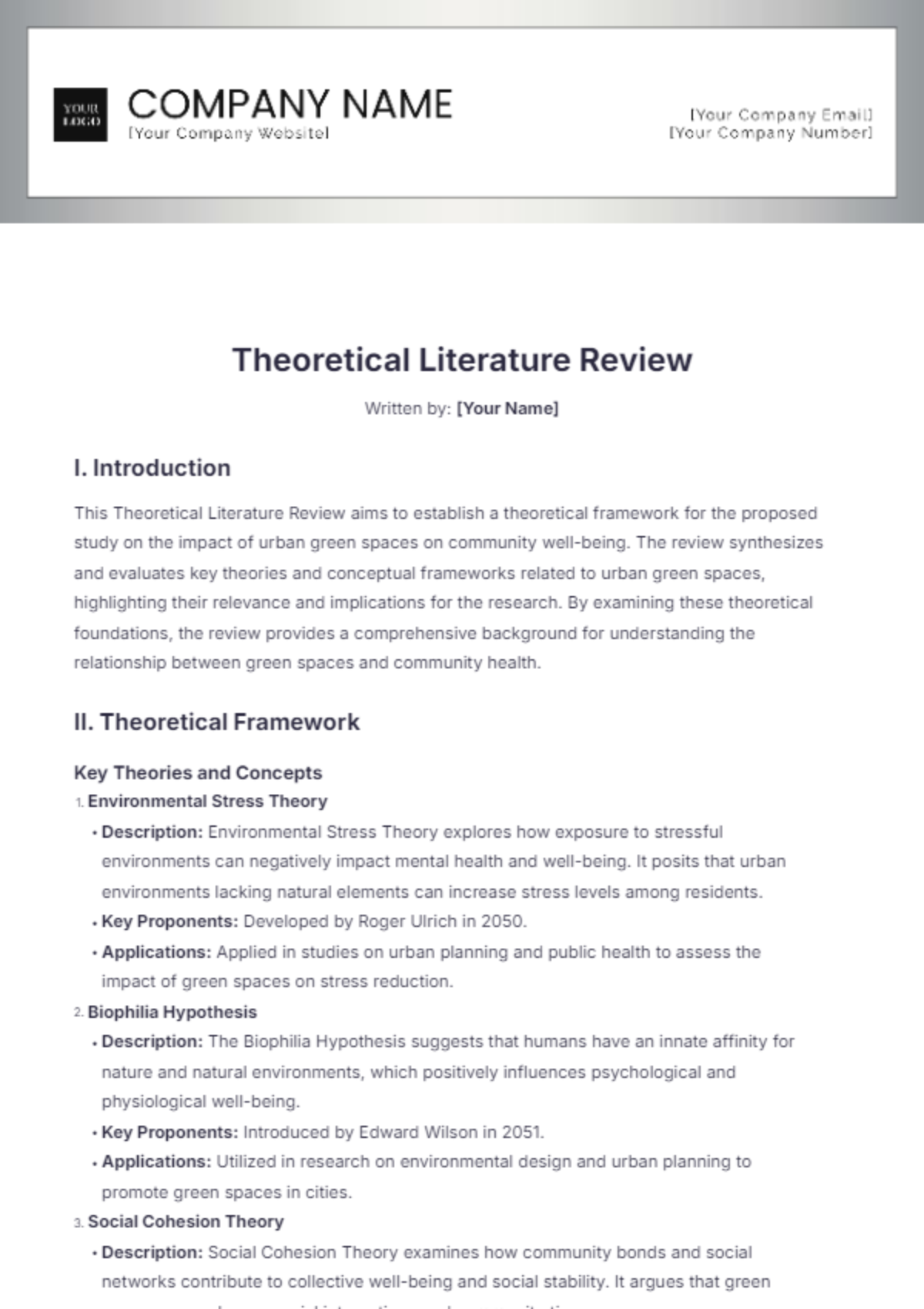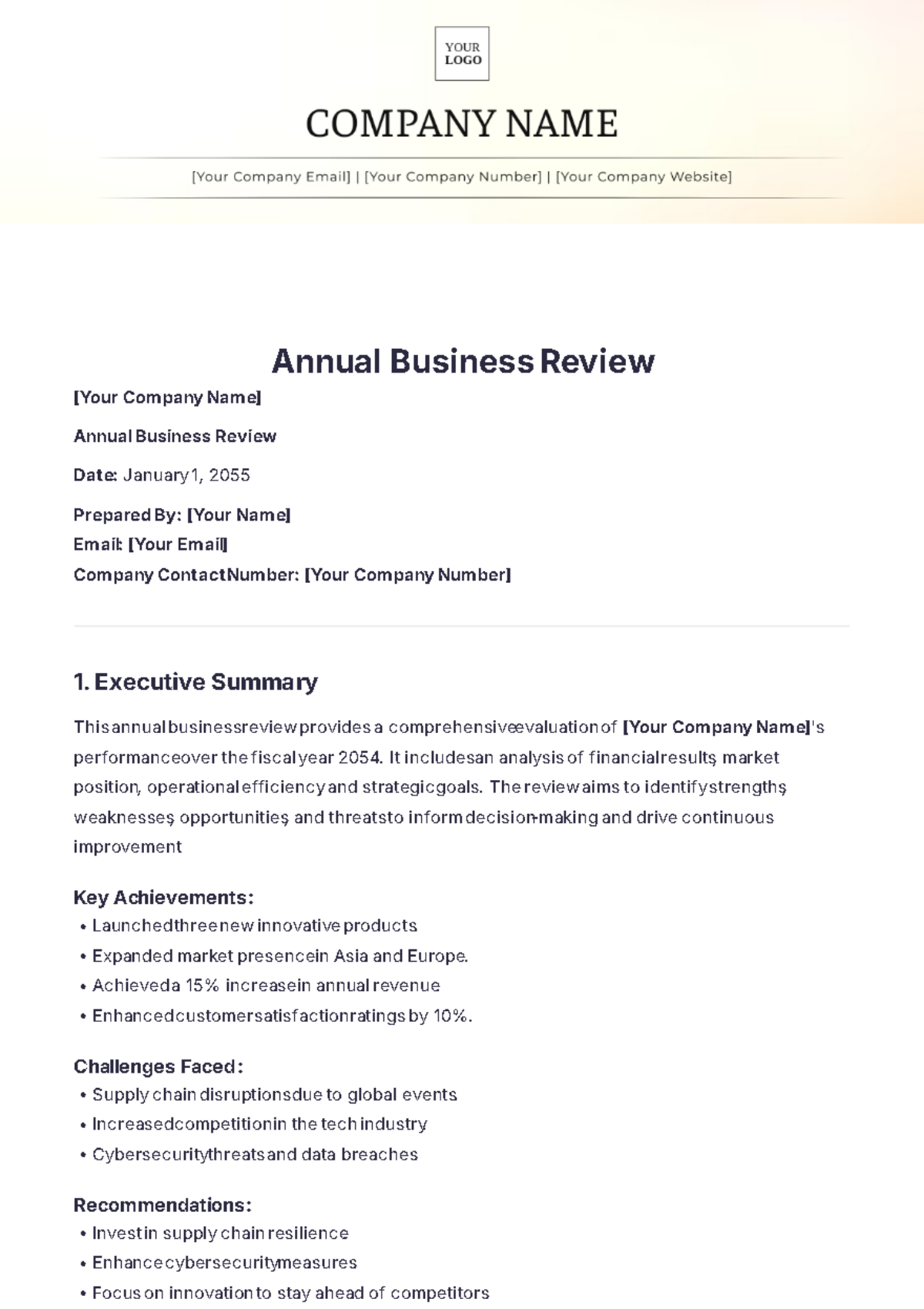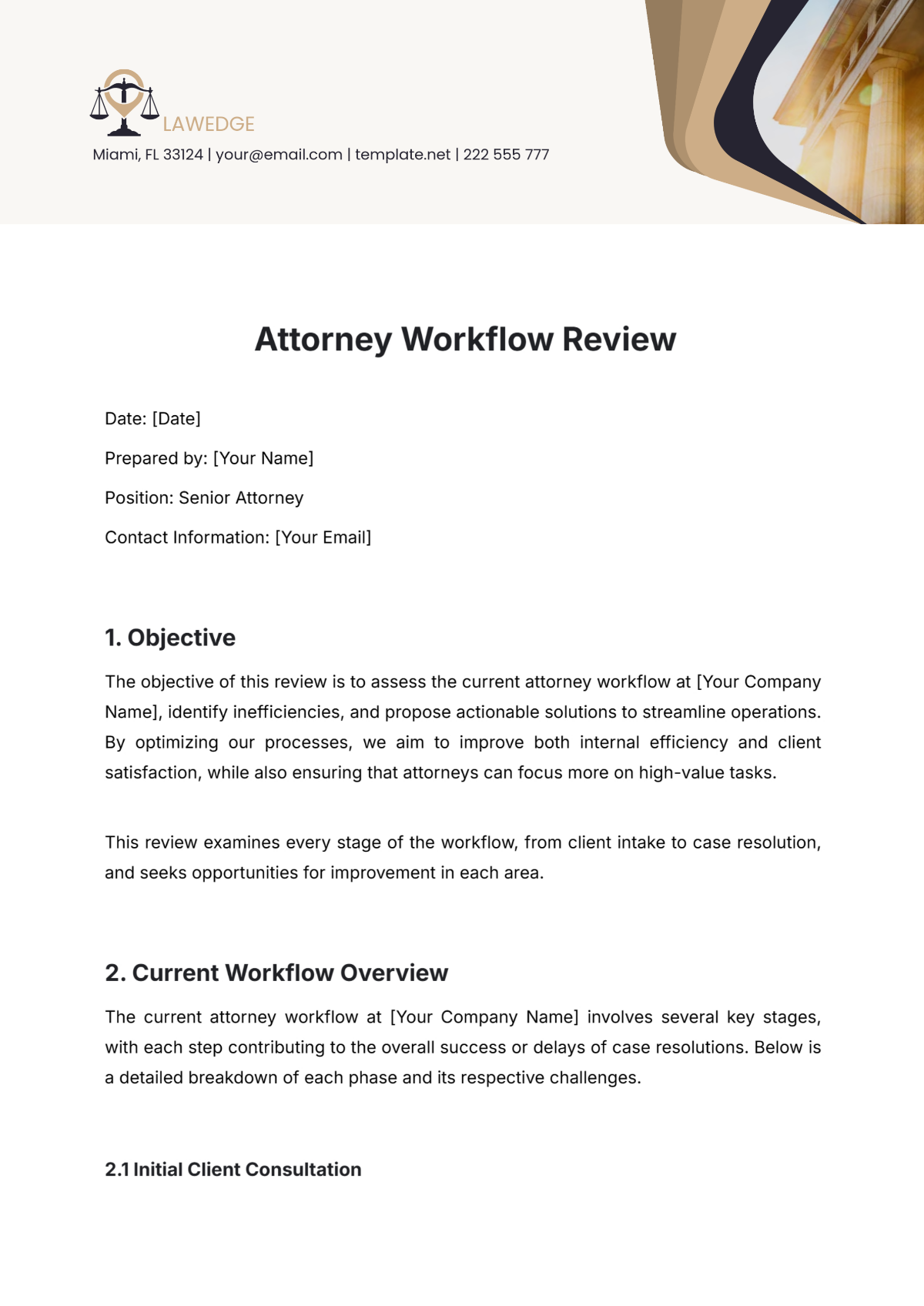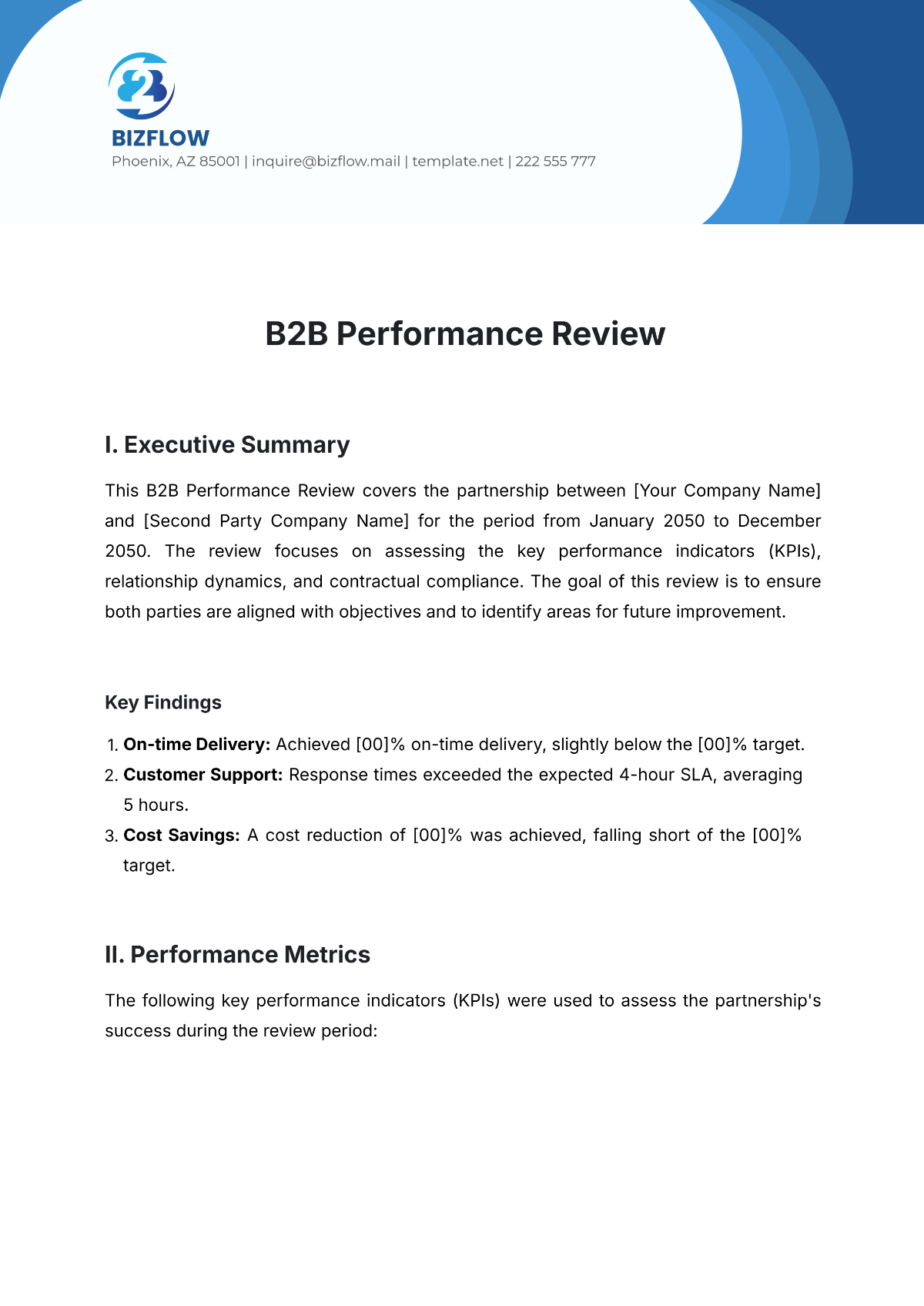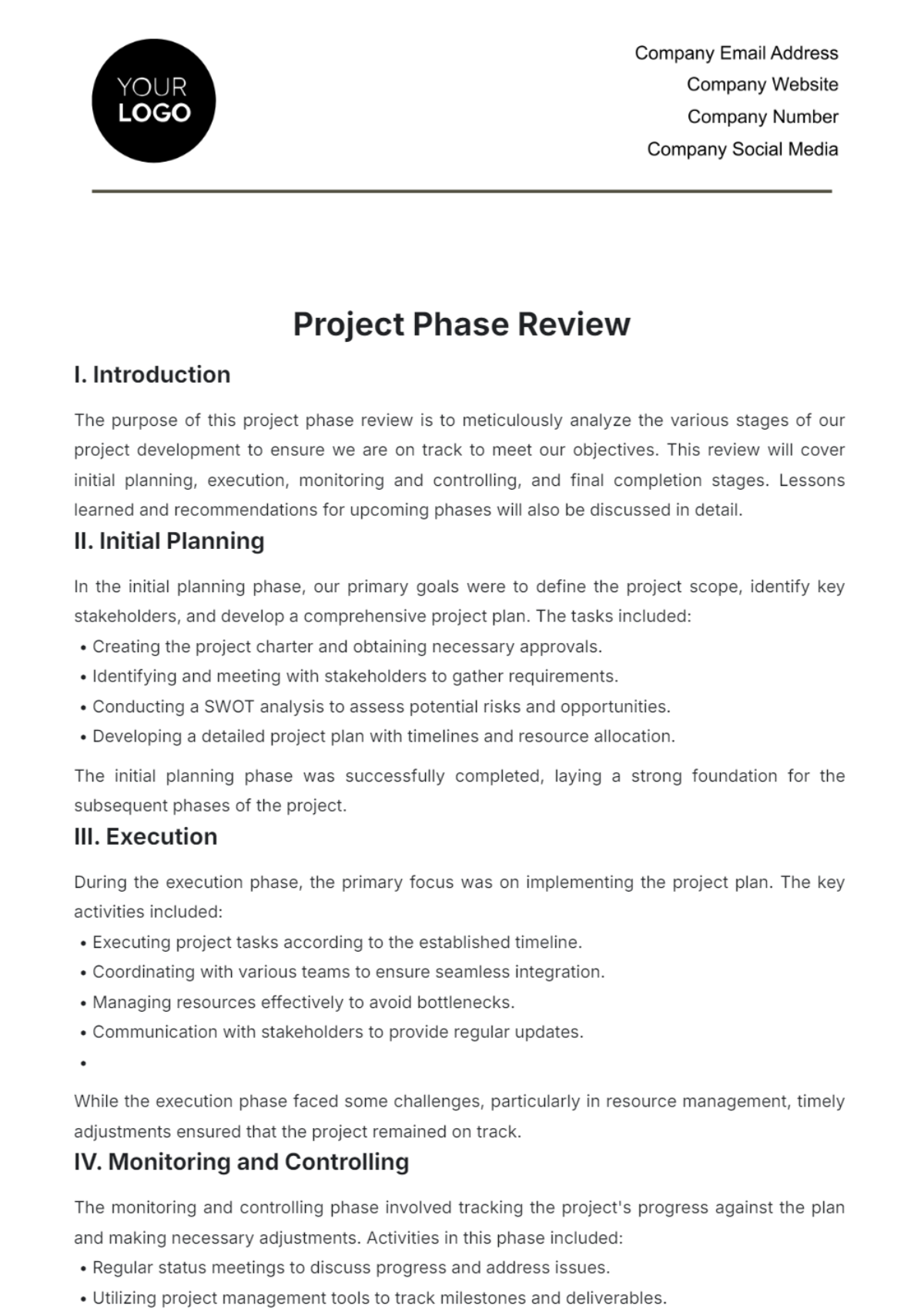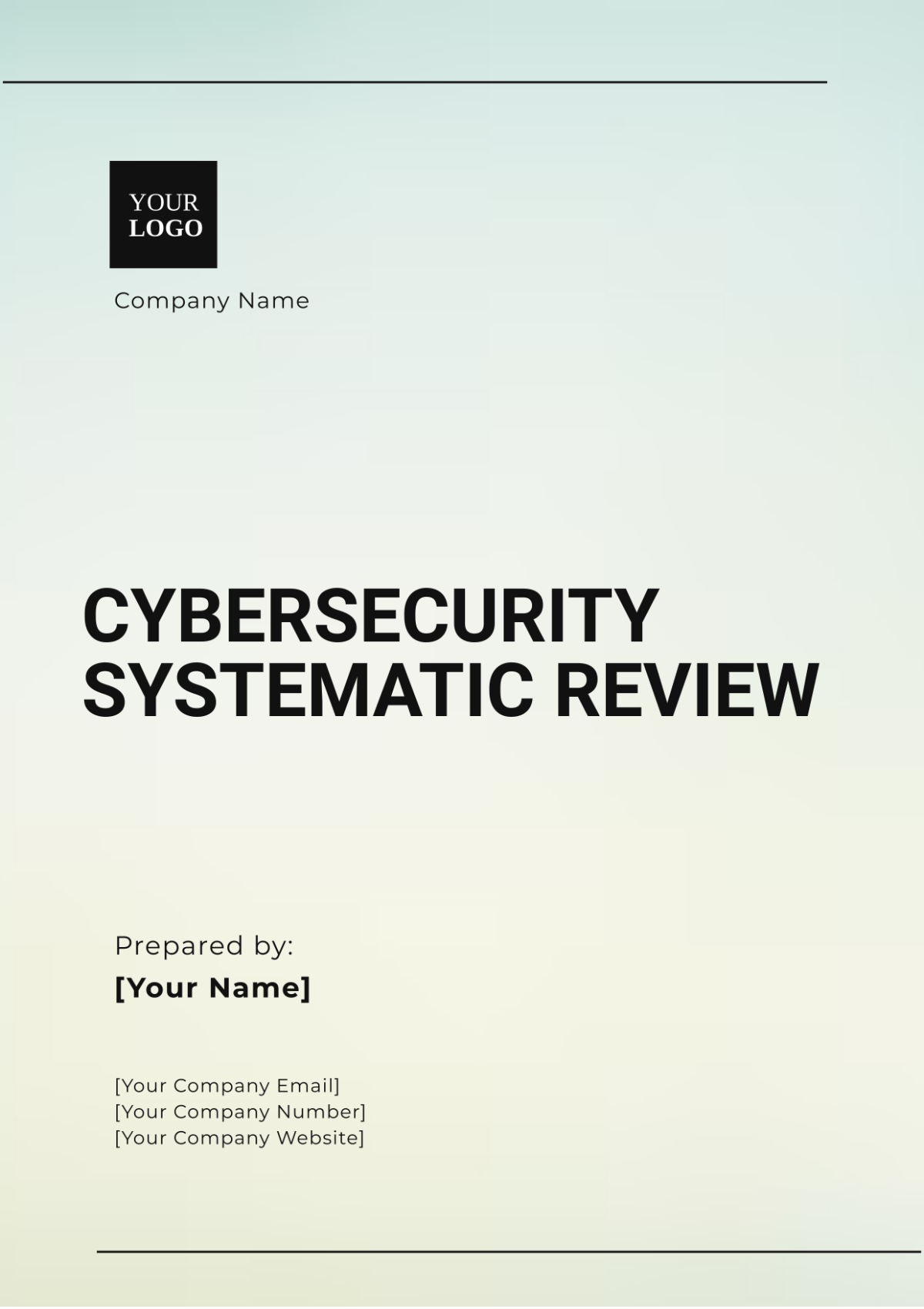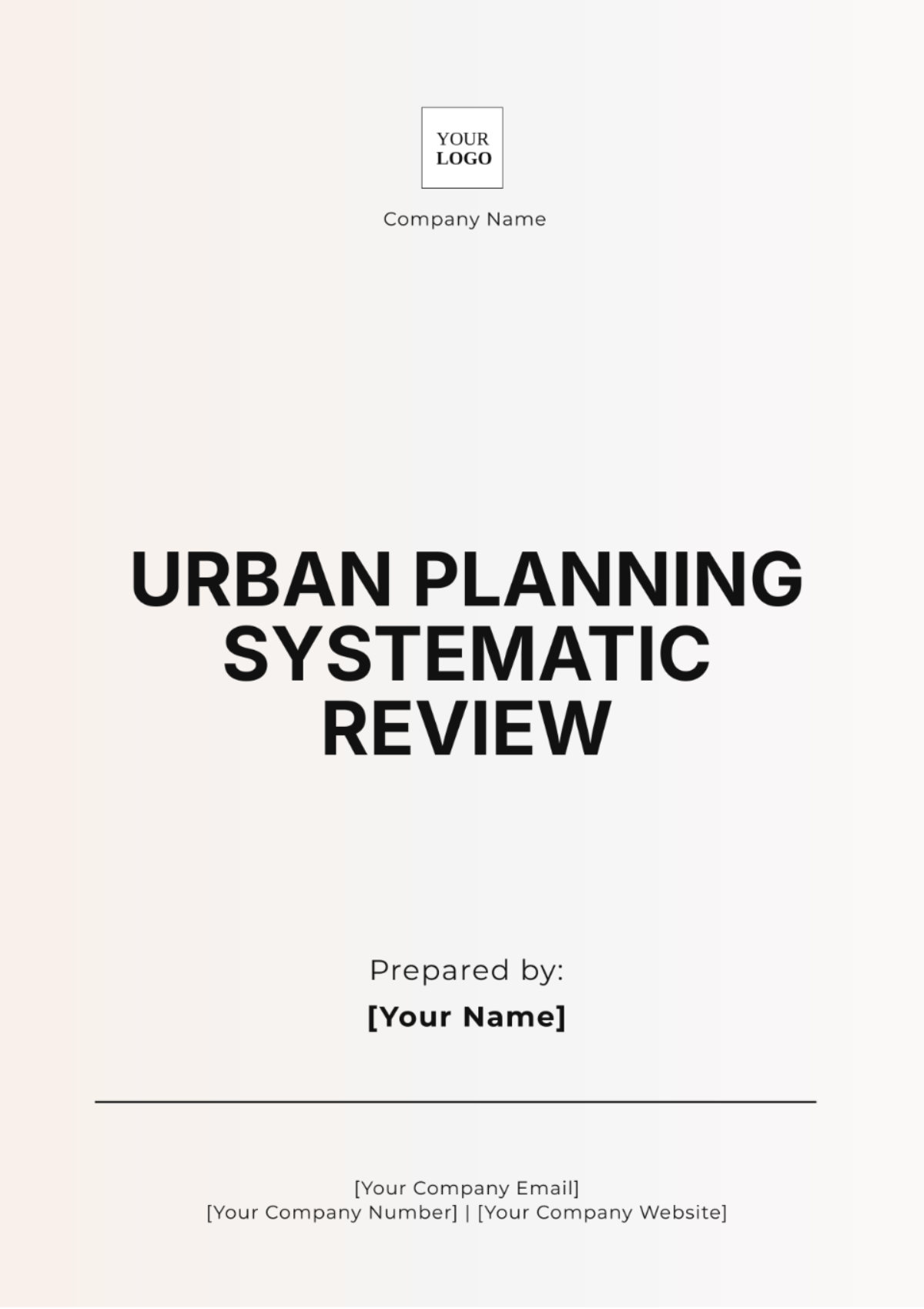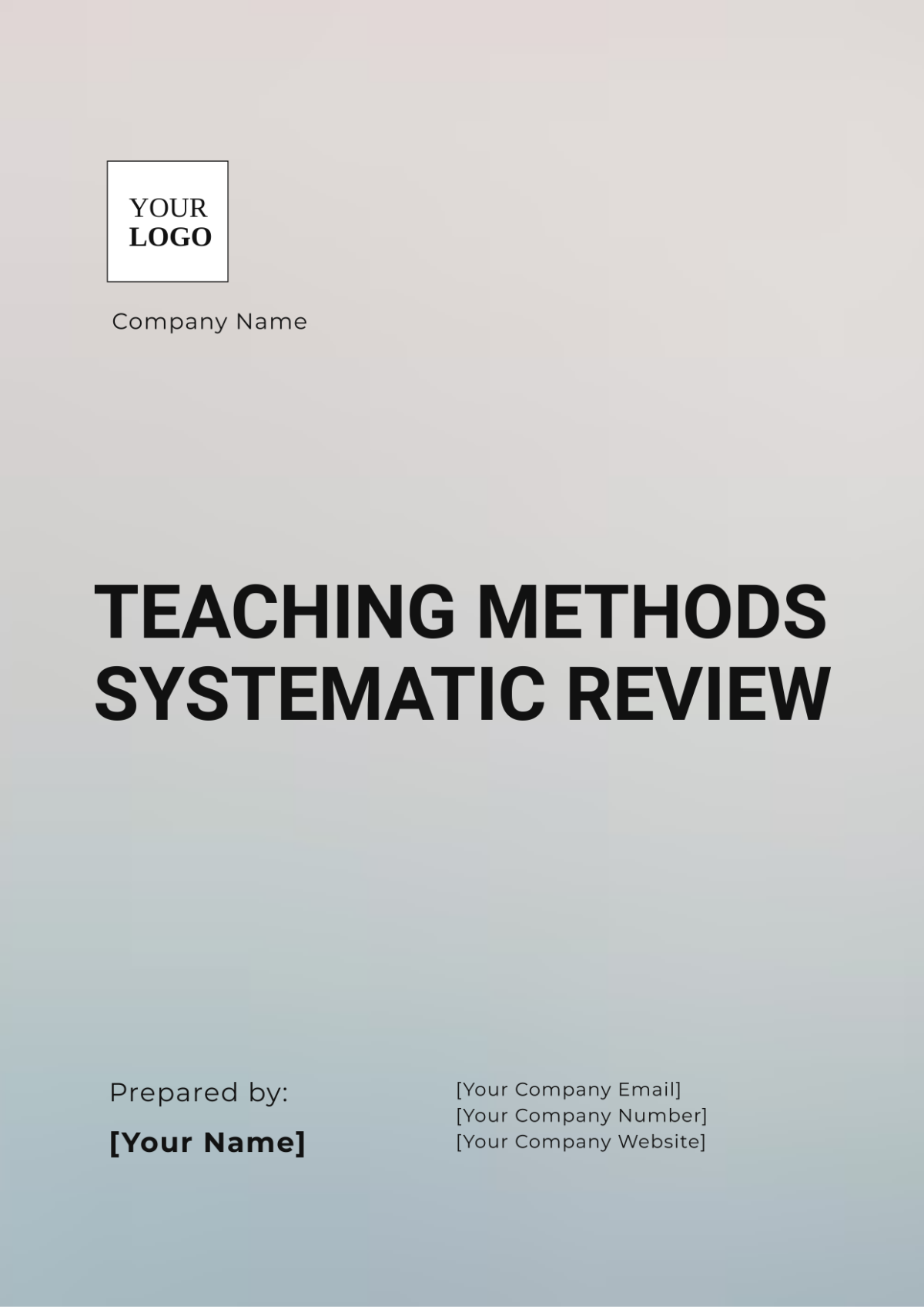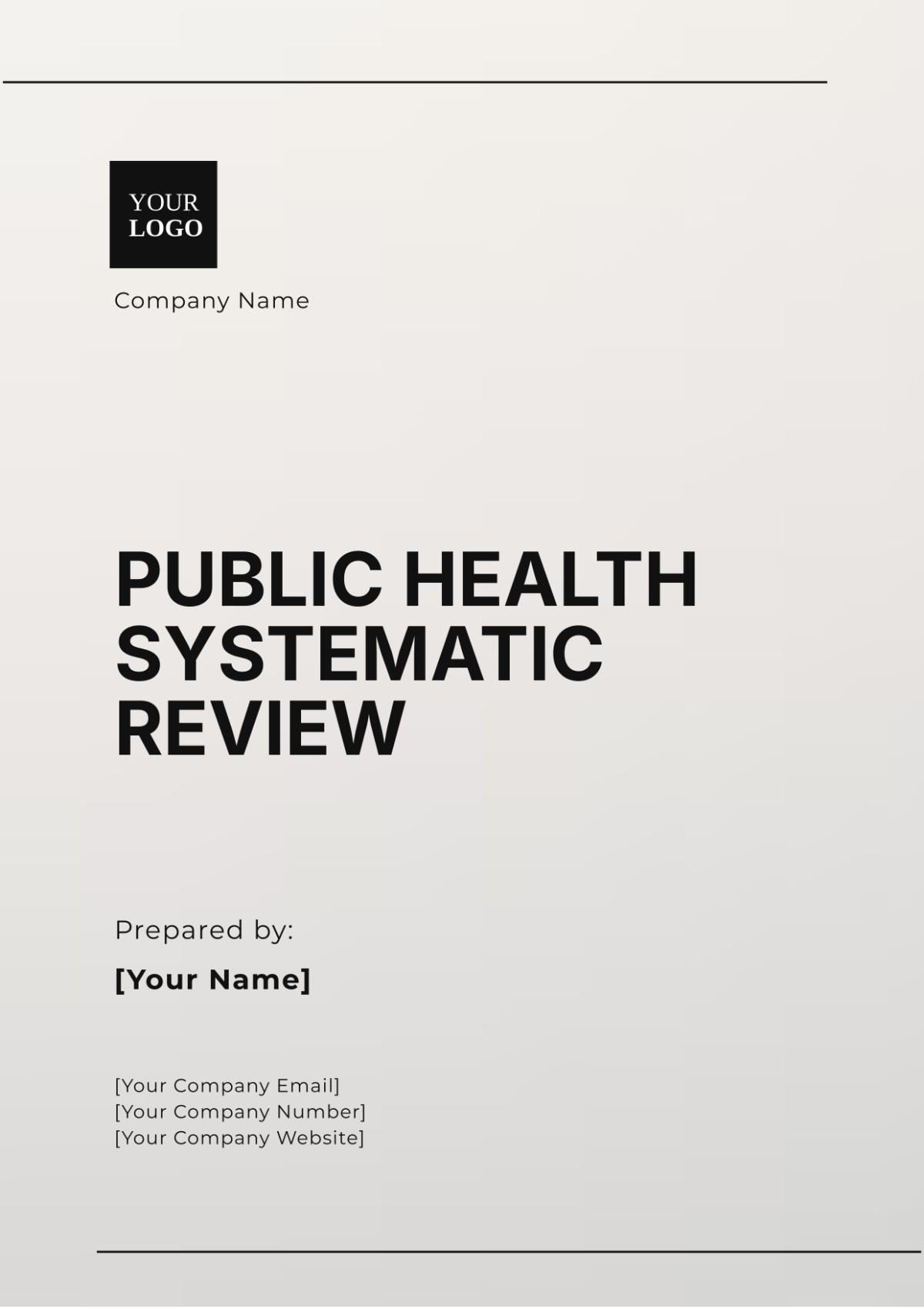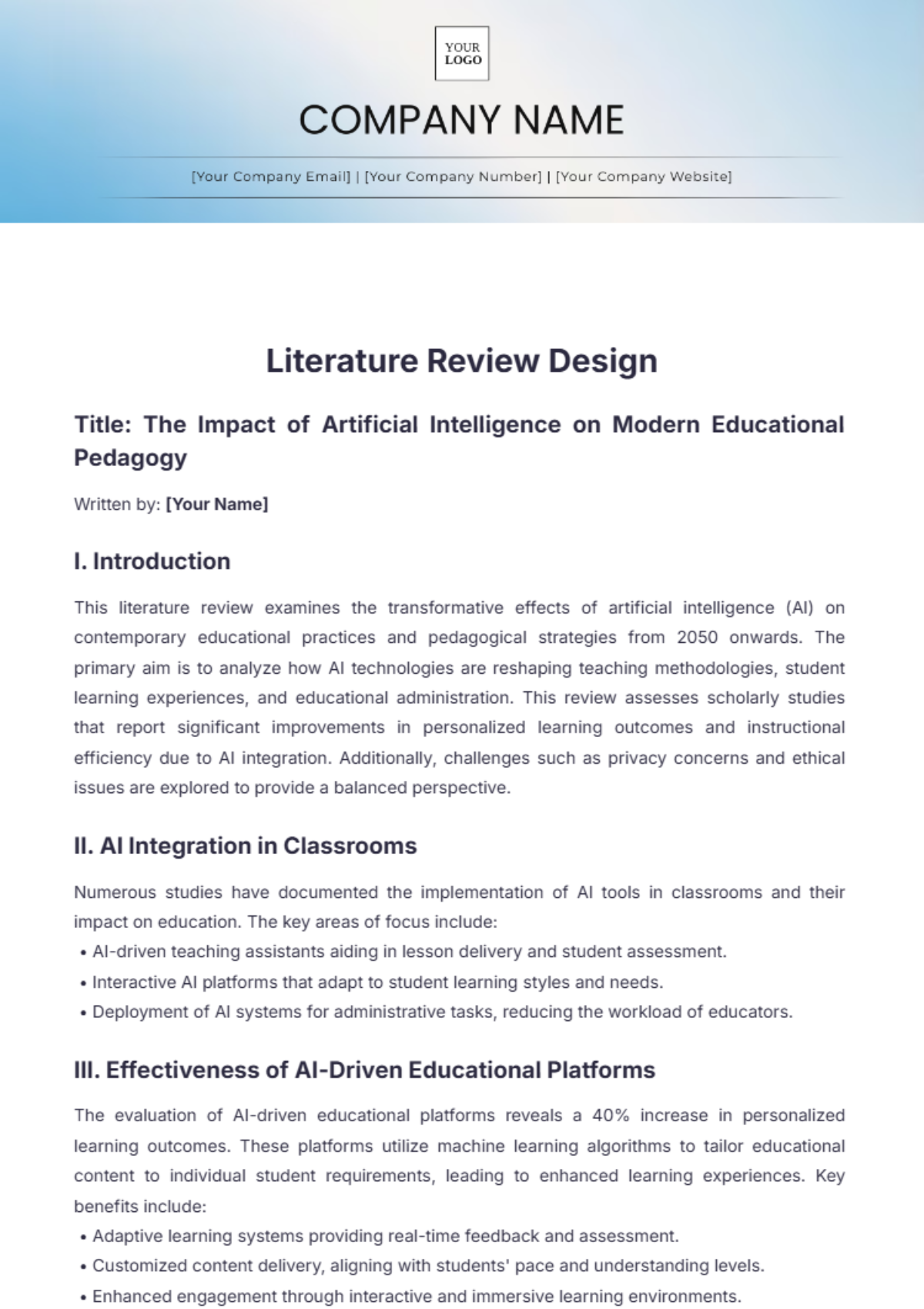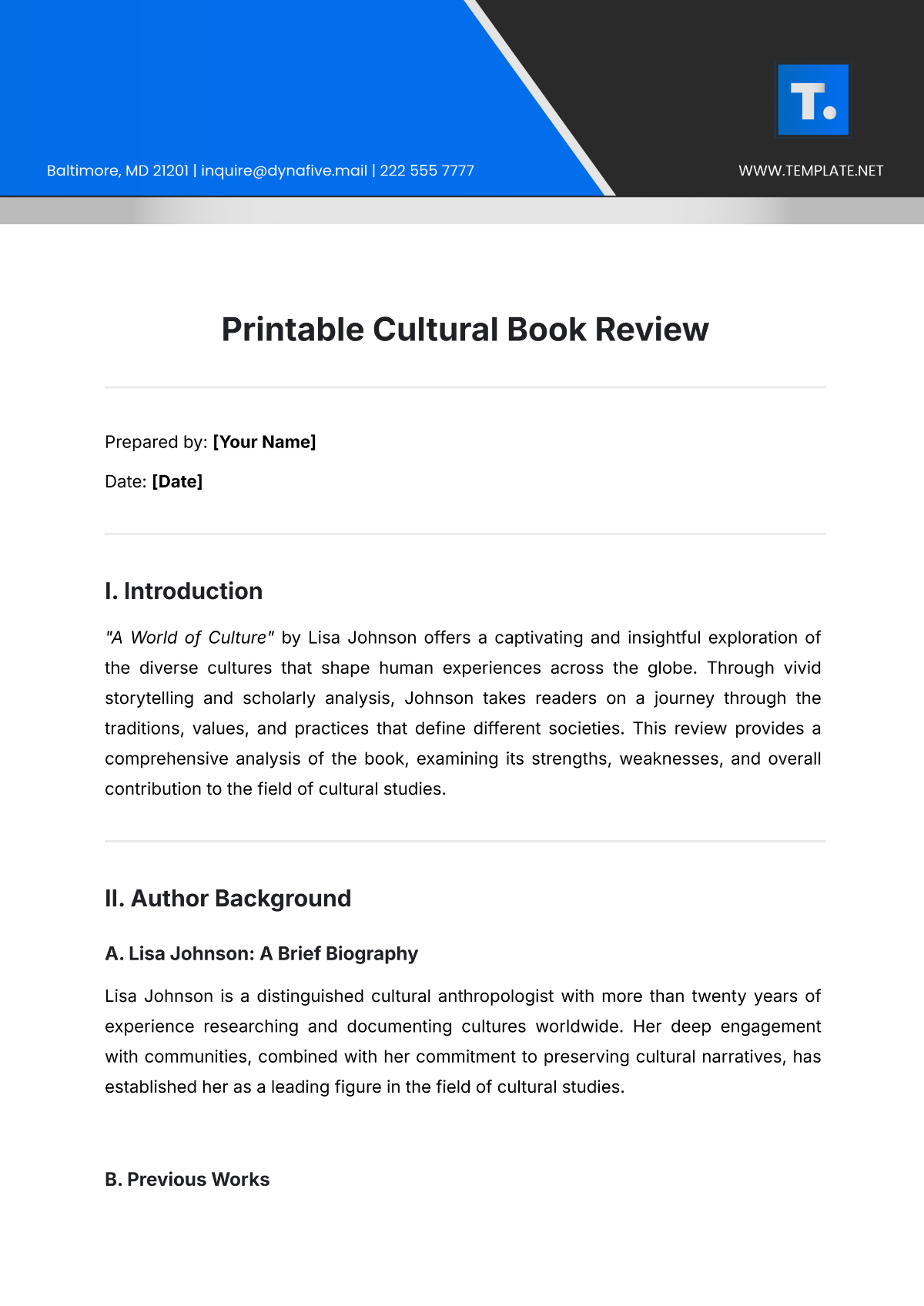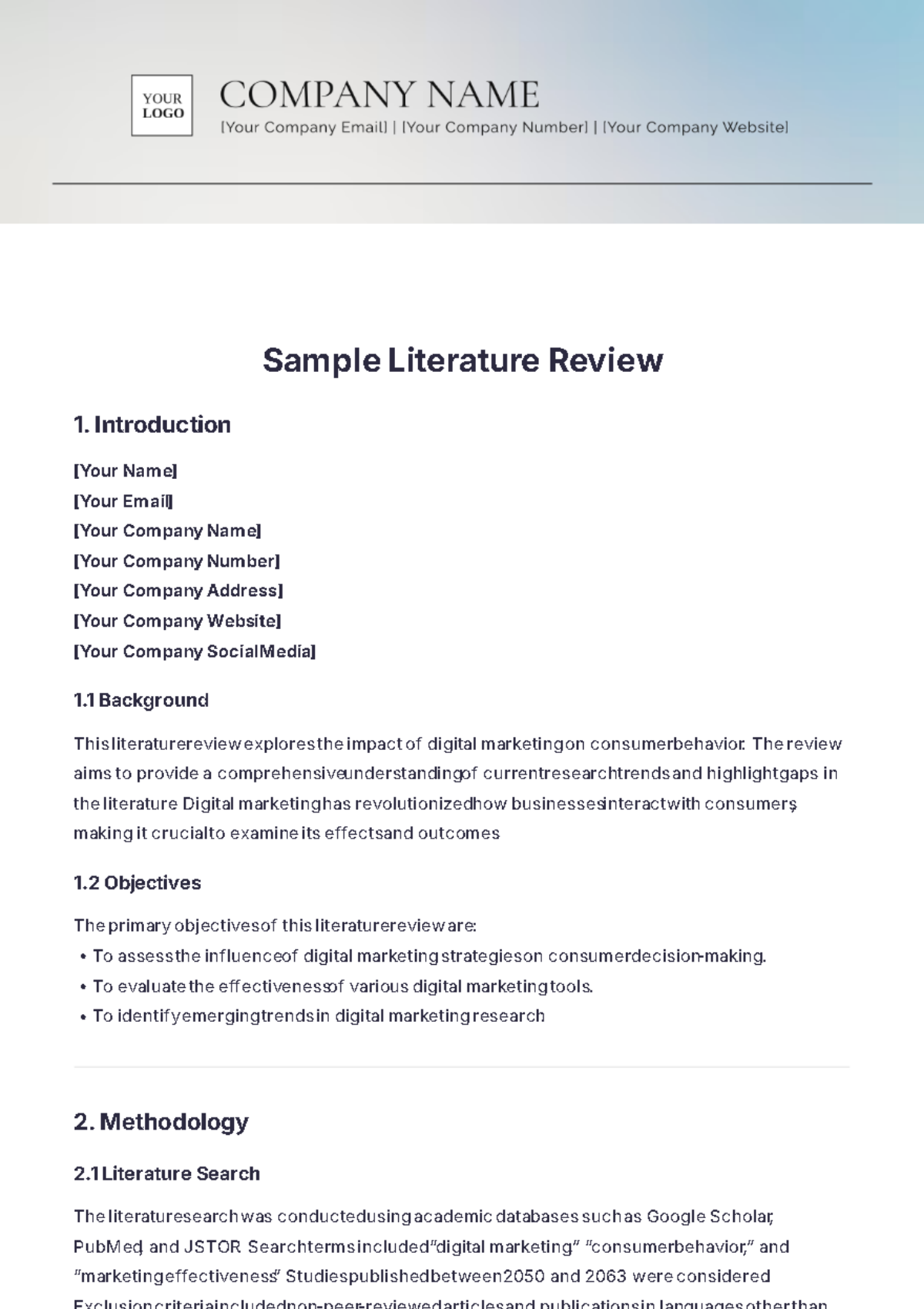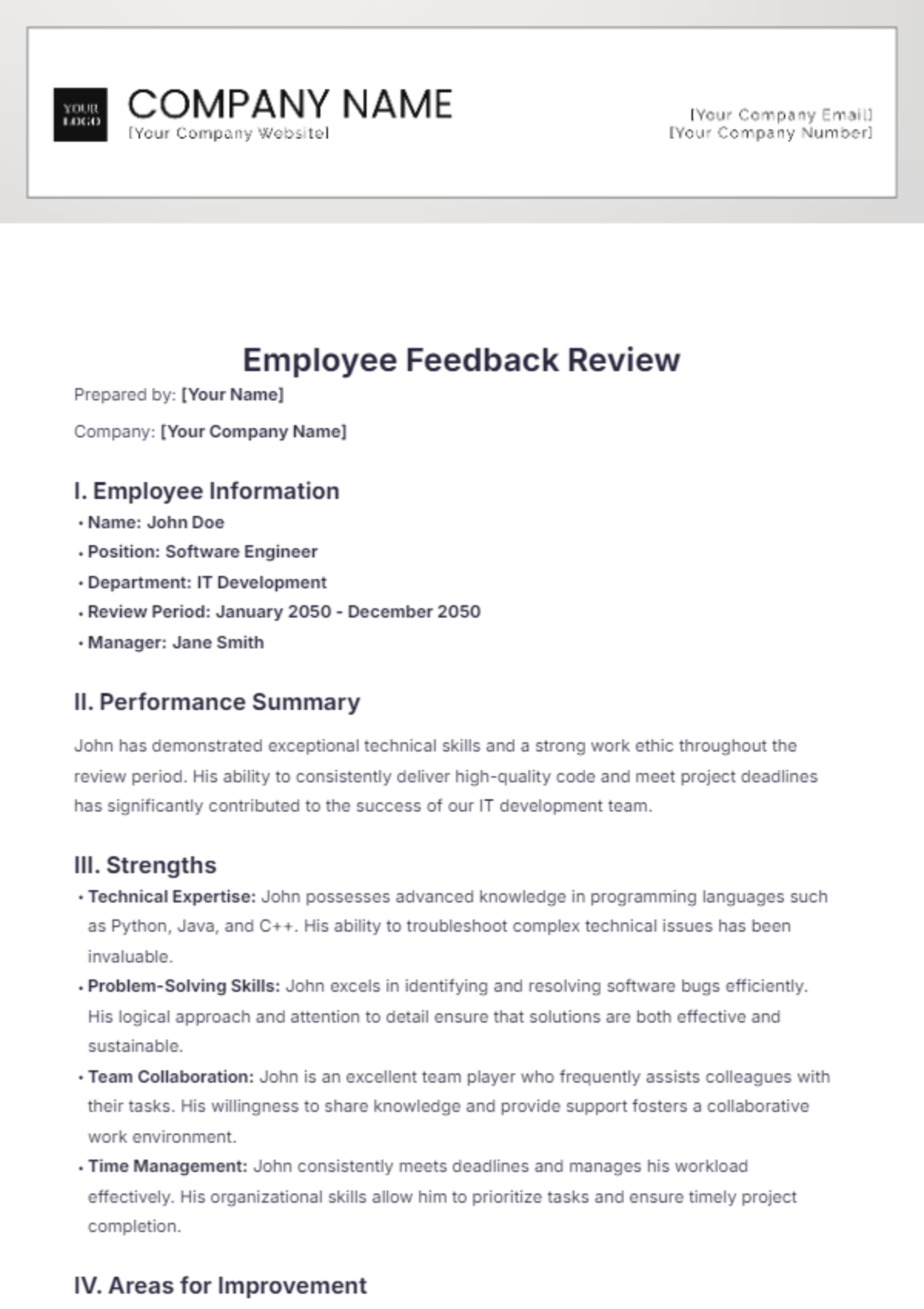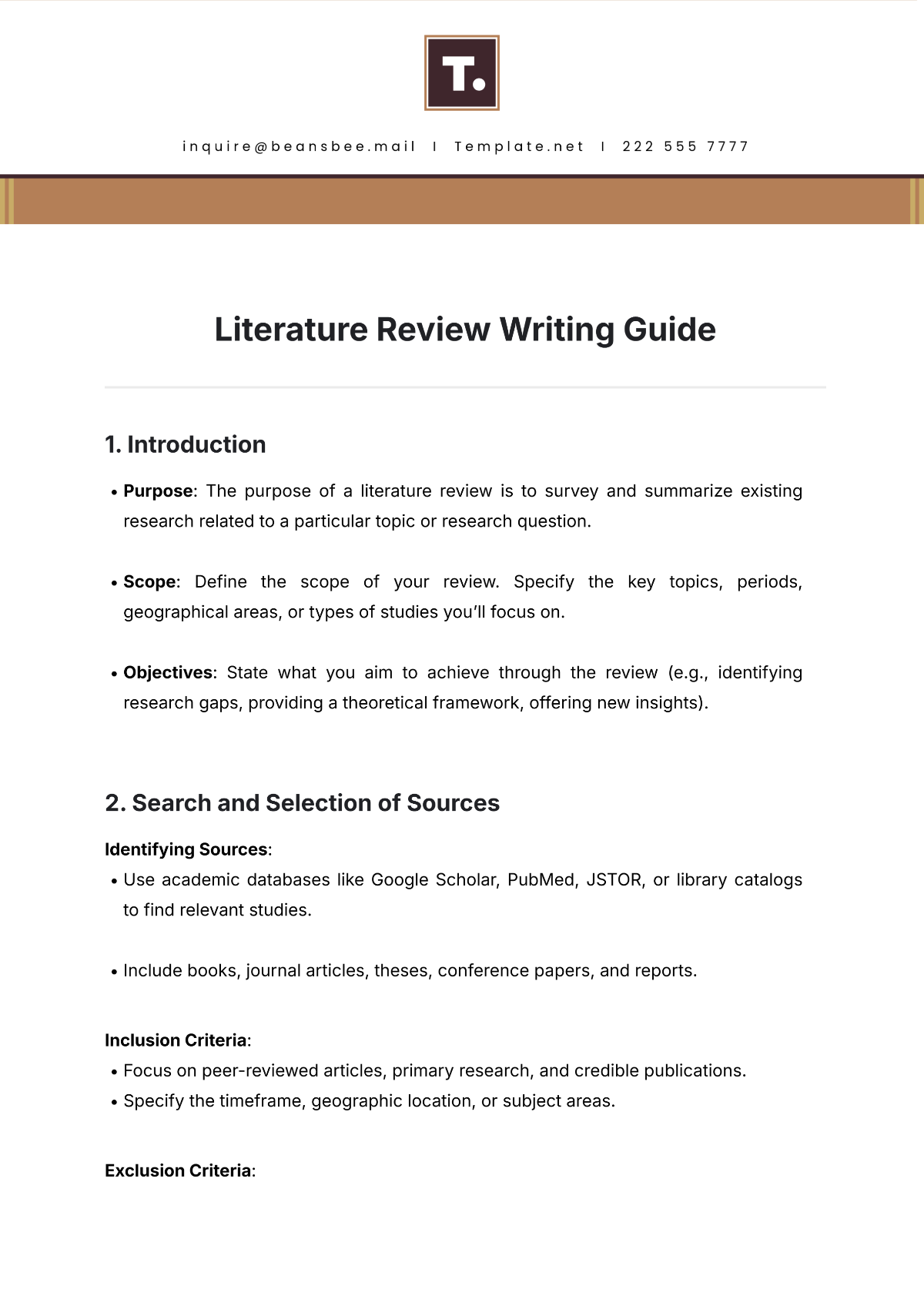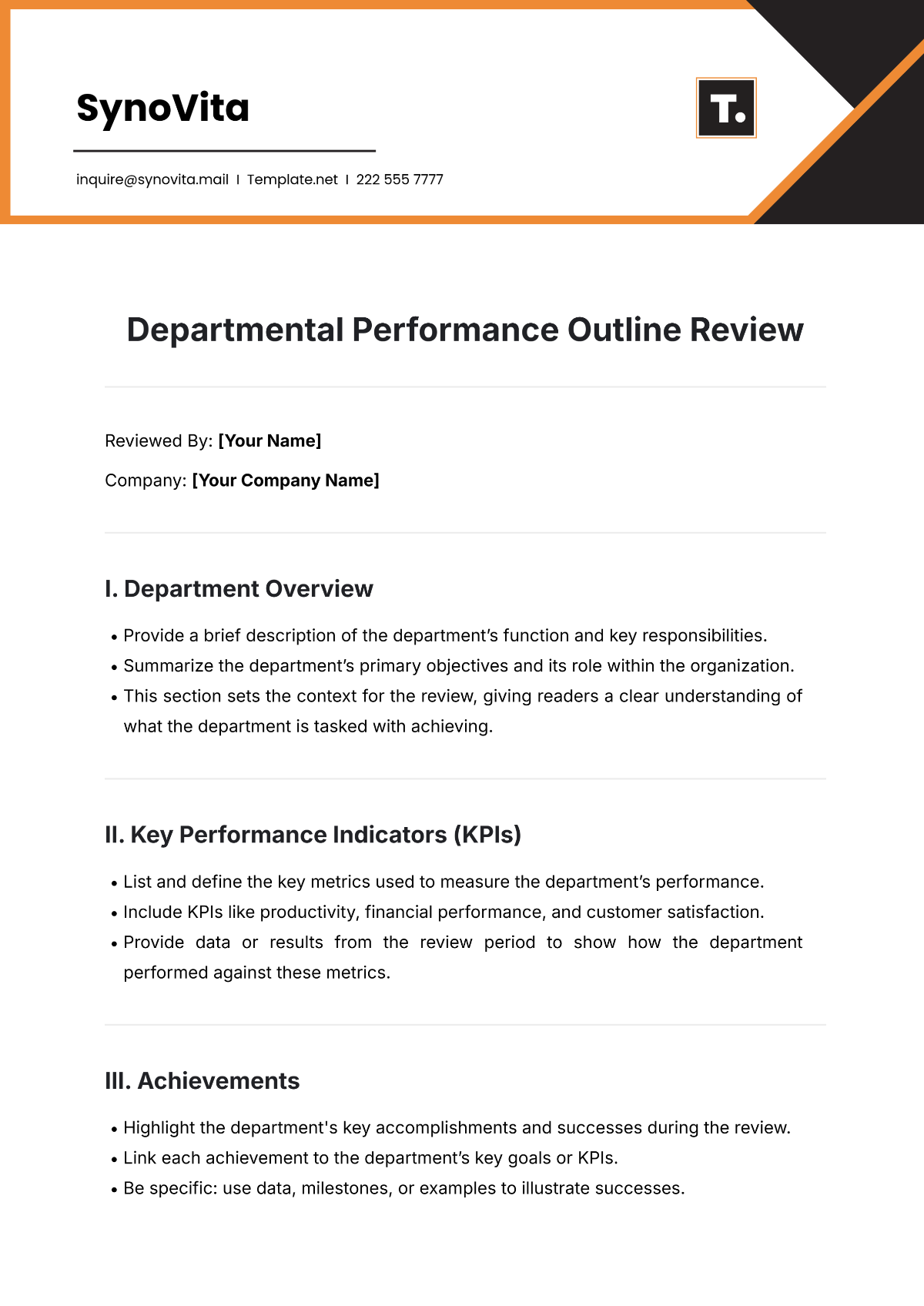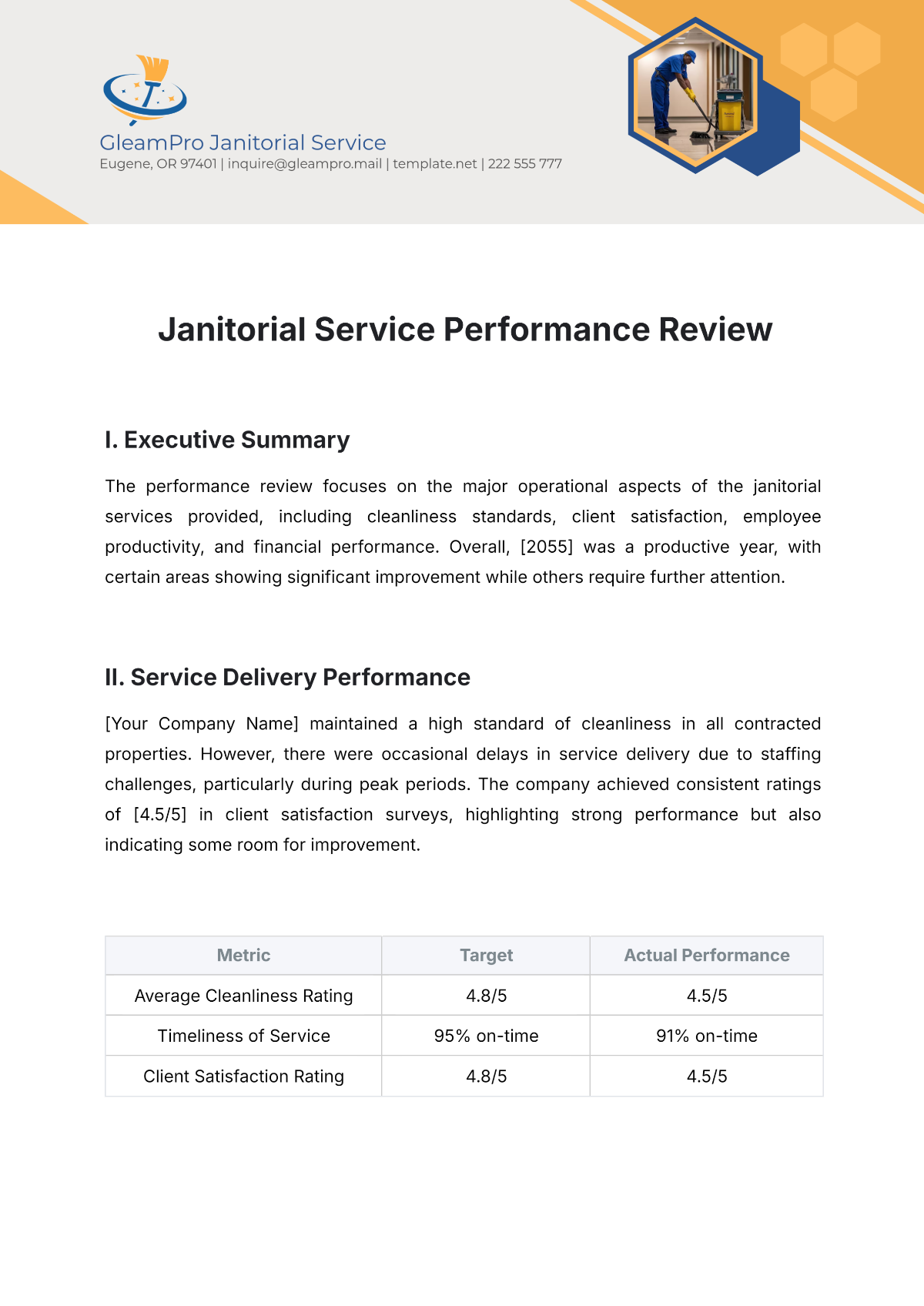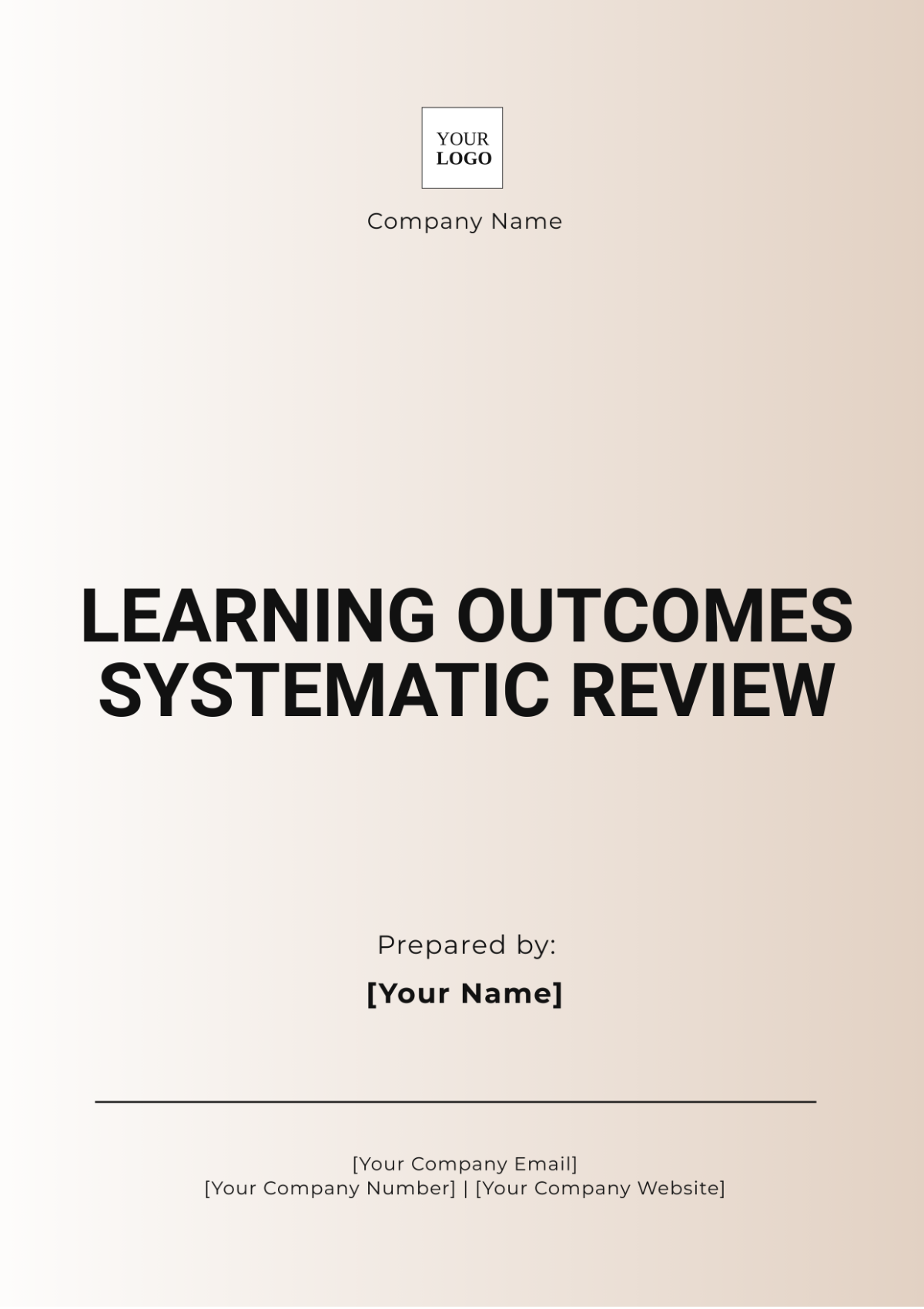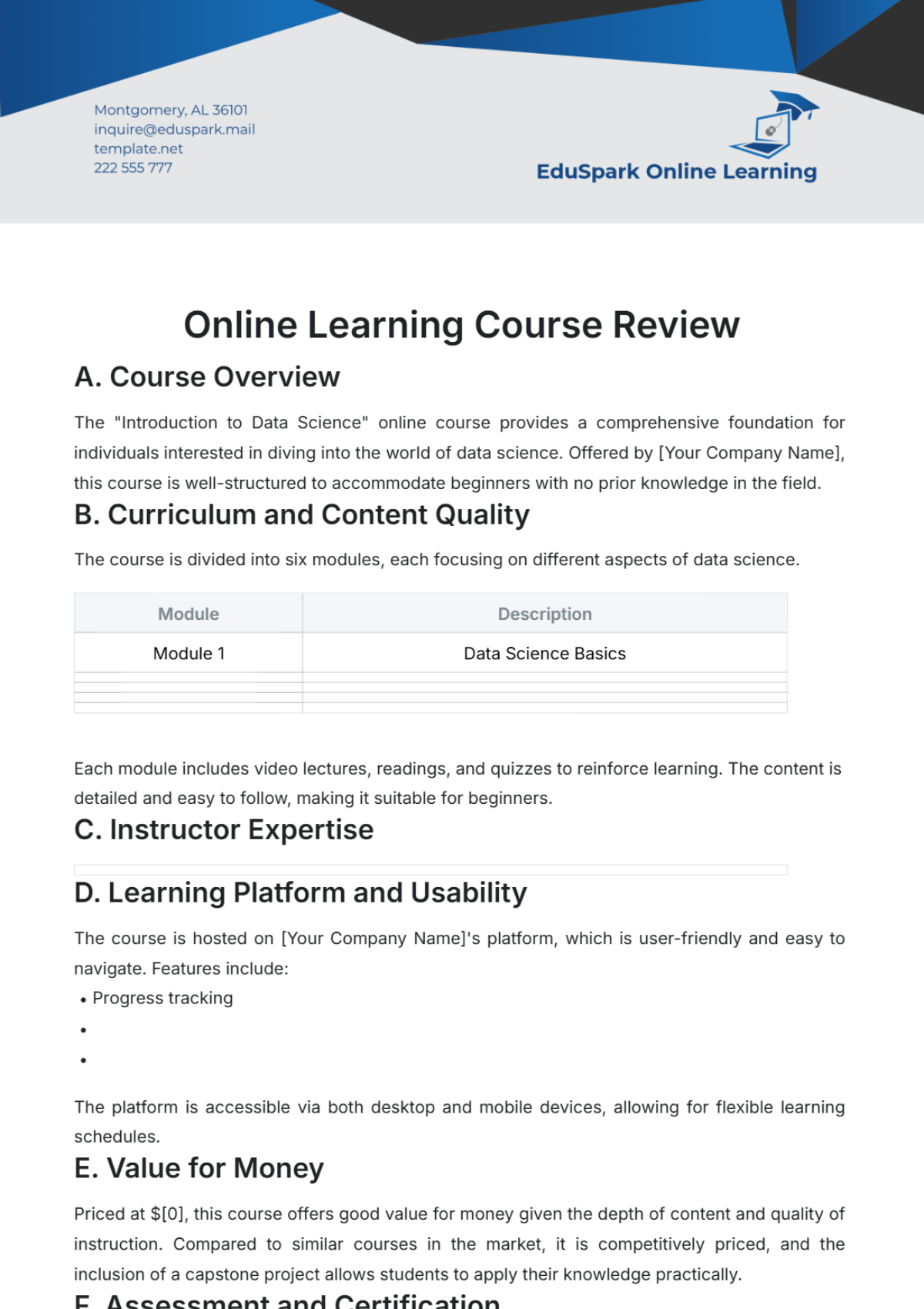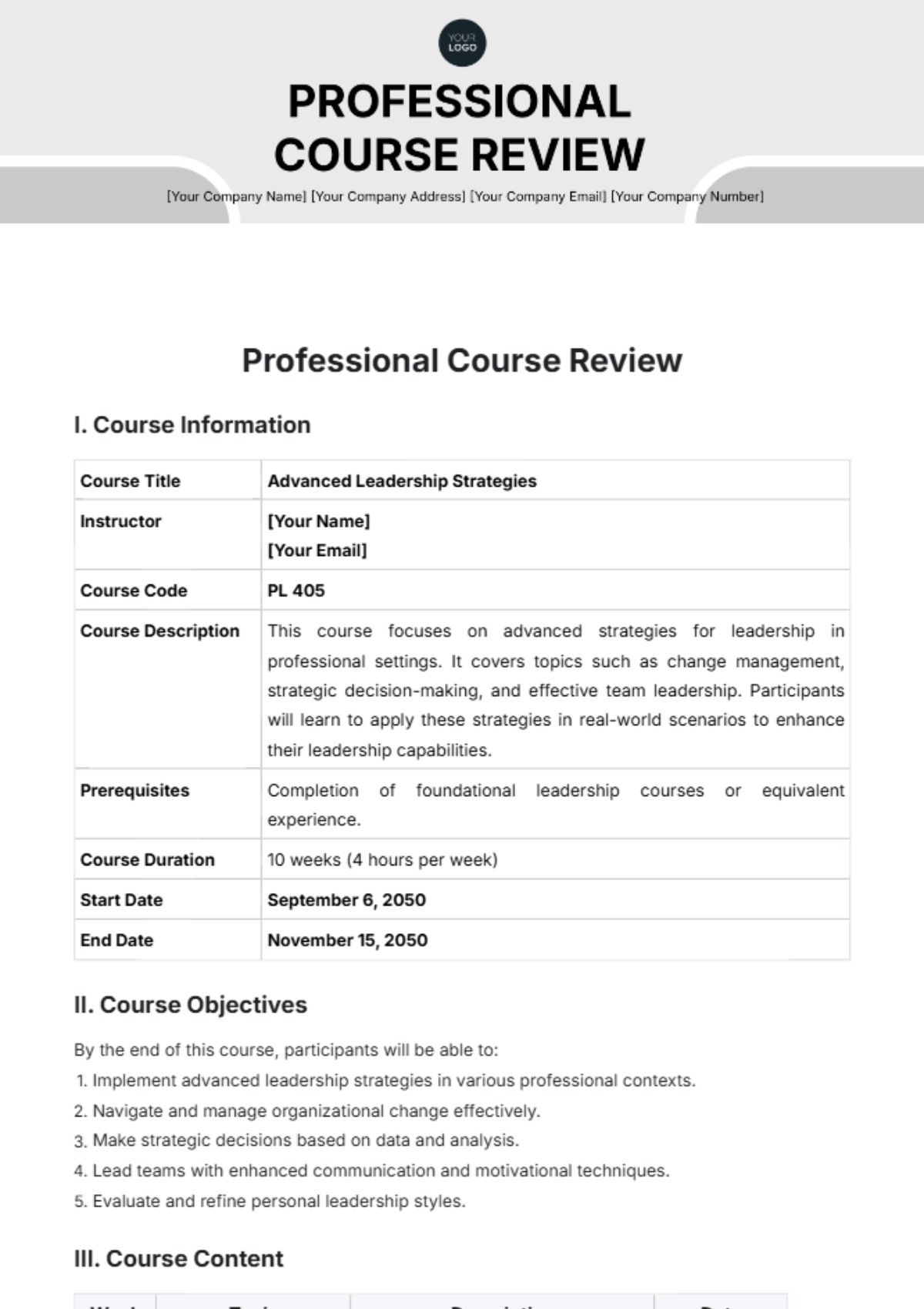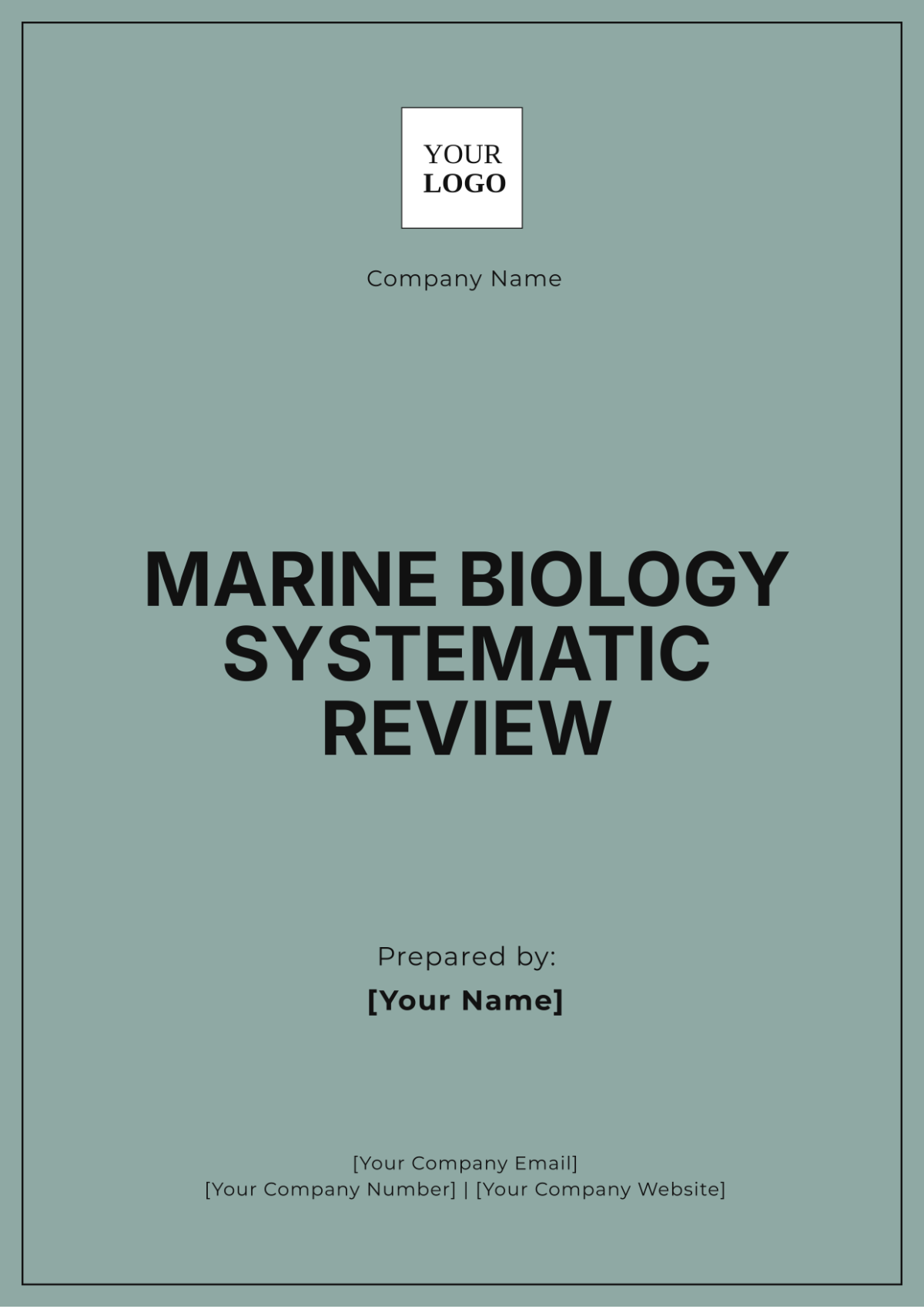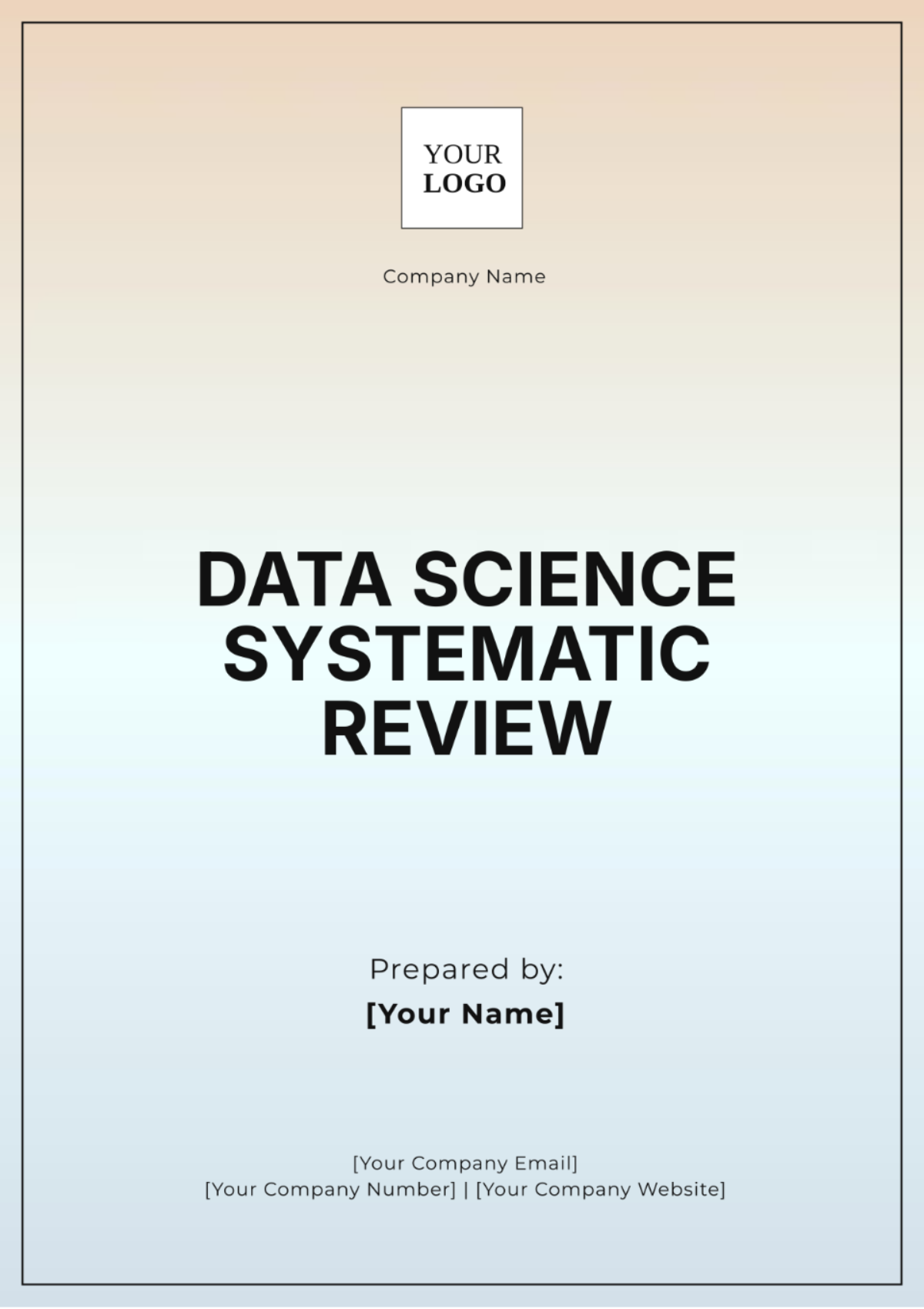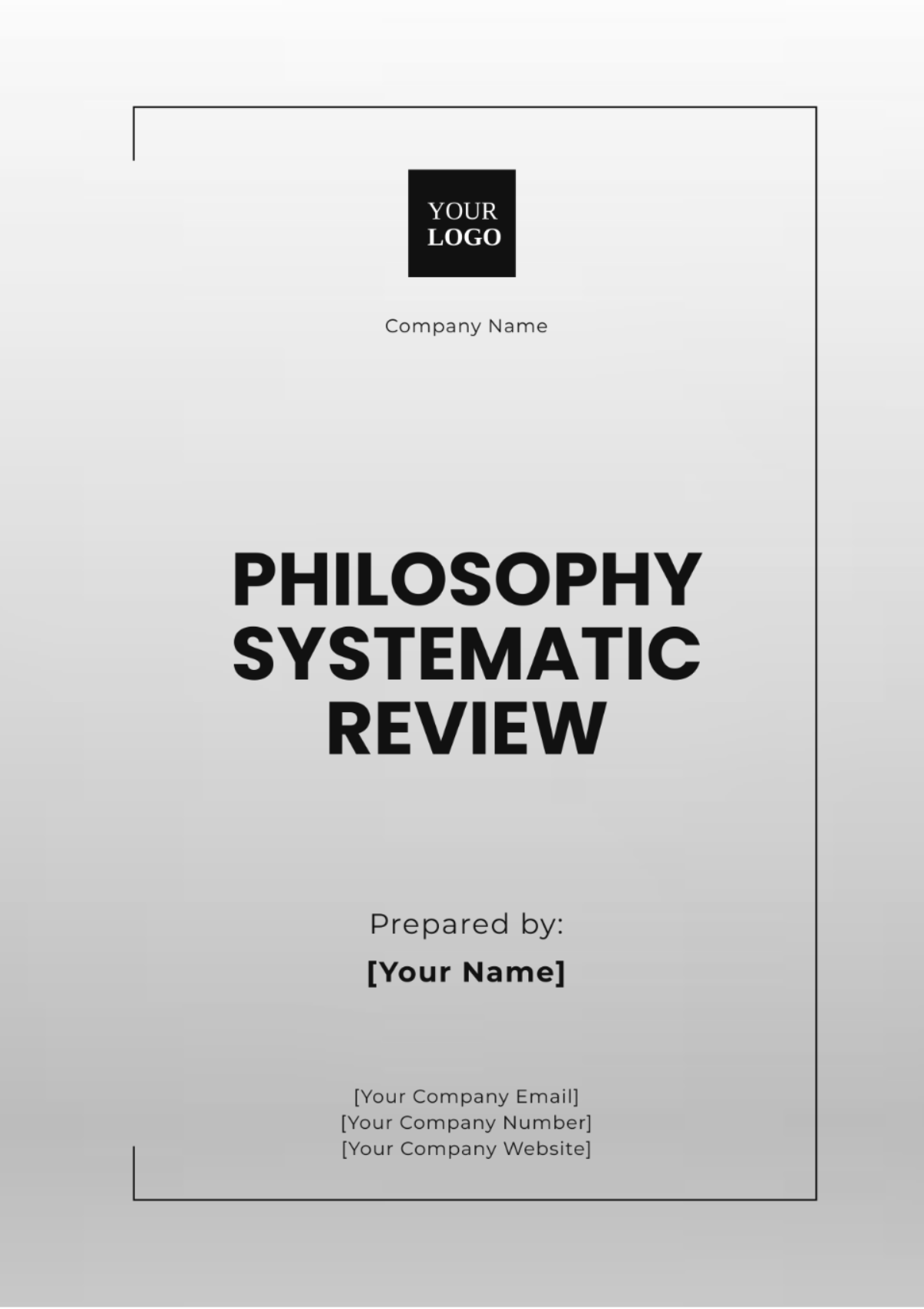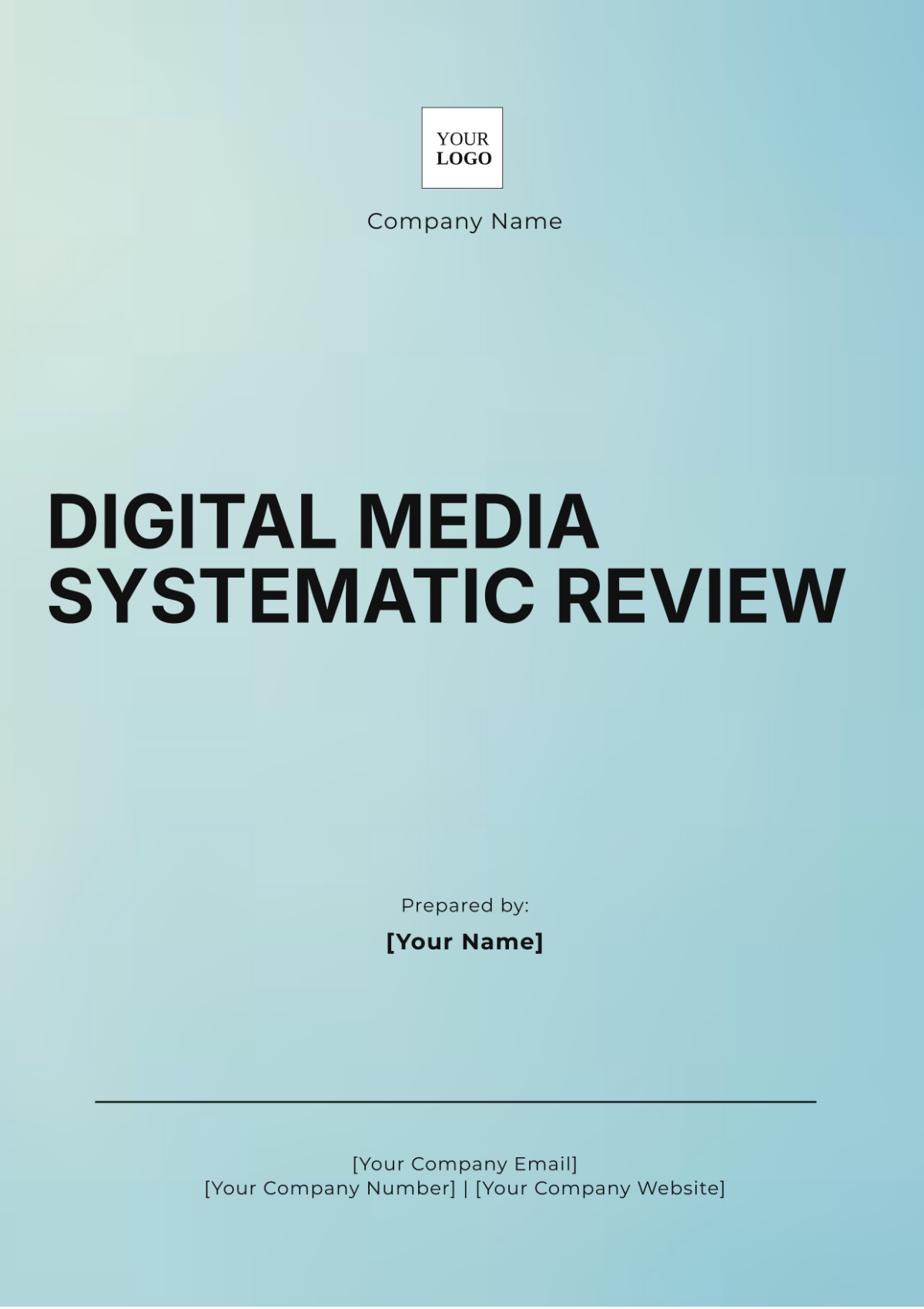Pedagogical Systematic Review
Prepared by: [YOUR NAME]
Date: [DATE]
I. Introduction
This systematic review aims to thoroughly collect, evaluate, and critique current research on effective teaching strategies and pedagogical methods, with the goal of enhancing educational practices. It seeks to achieve several key objectives: to identify evidence-based teaching practices, to uncover areas needing further study, and to offer practical recommendations for educators, curriculum developers, and policymakers to improve educational outcomes.
II. Methods
A. Search Strategy
A rigorous search was conducted across major academic databases, including ERIC, Google Scholar, and JSTOR. Search terms included "effective teaching strategies," "pedagogical methods," "educational outcomes," and related keywords. The search was limited to studies published from 2050 onwards to ensure the review encompasses the most recent advancements in the field.
B. Inclusion and Exclusion Criteria
Inclusion Criteria: Peer-reviewed articles, empirical studies, and meta-analyses focusing on pedagogical strategies within K-12 education settings.
Exclusion Criteria: Non-English publications, studies lacking empirical data, and research not specifically addressing pedagogical strategies or educational outcomes.
C. Analysis Methods
The review utilized a qualitative synthesis approach to categorize and summarize findings from the included studies. This involved grouping studies by pedagogical methods, learning outcomes, and educational contexts. Quality assessment of studies was performed using established criteria to ensure the reliability and validity of the findings.
III. Results
A. Teaching Strategies
Active Learning: Studies indicate that active learning approaches, such as group discussions, problem-based learning, and interactive activities, significantly enhance student engagement and knowledge retention.
Technology Integration: The incorporation of educational technology—such as digital simulations, online learning platforms, and interactive tools—has been shown to improve learning experiences and academic outcomes.
Differentiated Instruction: Tailoring instruction to accommodate diverse student needs and learning styles has been linked to improved academic performance and increased student satisfaction.
B. Learning Outcomes
Enhanced Academic Achievement: Evidence consistently supports that interactive and student-centered teaching methods lead to higher academic achievement compared to traditional lecture-based teaching.
Greater Student Engagement: Teaching strategies that actively involve students, such as collaborative projects and inquiry-based learning, are associated with higher levels of student motivation and interest in the subject matter.
IV. Discussion
The review highlights that active learning, technology integration, and differentiated instruction are key pedagogical strategies that significantly improve educational outcomes. Despite these findings, there is a need for more longitudinal research to assess the long-term impacts of these methods and their effectiveness across various educational settings.
A. Implications for Practice
Educators are encouraged to integrate active learning techniques, leverage educational technology, and employ differentiated instruction to enhance teaching effectiveness and student engagement. Policymakers should consider supporting professional development initiatives that emphasize these evidence-based practices.
B. Gaps in Literature
Insufficient research on the application of these strategies in diverse educational contexts, including under-resourced and non-traditional settings.
There is an absence of comprehensive, extended-duration research projects that thoroughly assess and measure the long-term effects and effectiveness of these educational methods and techniques over an extended period.
V. Conclusion
This review underscores the significant advantages and impact of integrating active learning, technology, and differentiated instruction in education. By adopting these research-backed strategies, educators can greatly improve student outcomes and engagement. Additionally, future studies should focus on identifying and filling gaps in our current knowledge of these methods to further confirm their effectiveness and refine them to keep pace with the changing needs of students and teachers.
VI. References
Johnson, R. A., & Smith, L. B. (2051). Effective Active Learning Strategies in K-12 Education. Journal of Educational Research, 45(2), 123-145.
Martinez, S. A., & Nguyen, T. M. (2052). The Impact of Technology Integration on Student Learning Outcomes: A Meta-Analysis. Educational Technology Review, 37(3), 89-104.
Brown, C. D., & Green, H. R. (2053). Differentiated Instruction: Best Practices for Diverse Classrooms. Teaching and Learning Quarterly, 29(4), 567-580.





